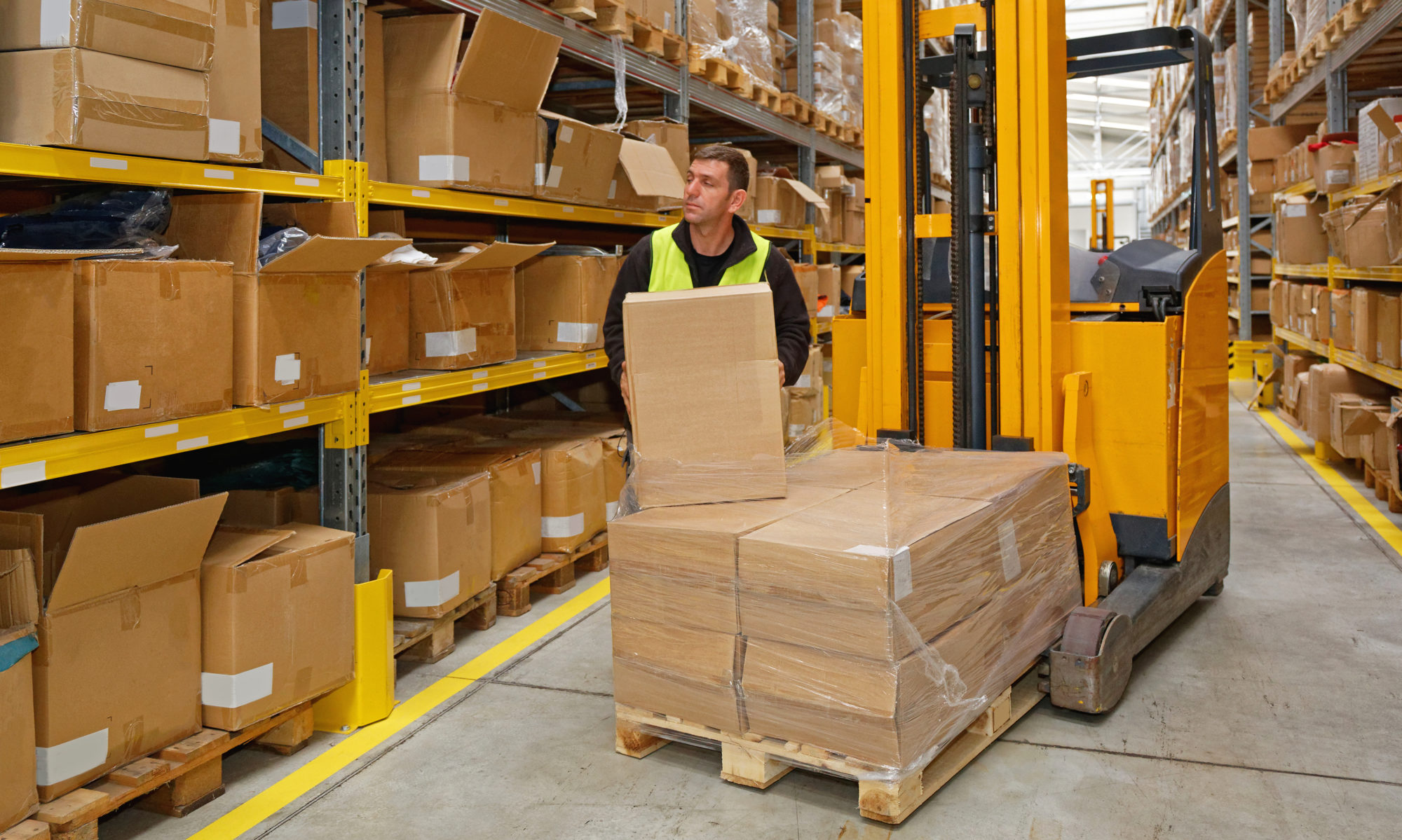As an ecommerce business owner, you know that order fulfillment is one of your highest costs. Getting your products to your customers quickly and safely is crucial, but the expenses can quickly add up. Over the years, I’ve seen countless businesses struggle to balance quality service with affordable costs. Finding the right ecommerce fulfillment strategy isn’t just about saving money, it’s about protecting your profitability and ensuring your business can grow.
This guide will walk you through the various fulfillment options available, from handling it yourself to partnering with a third-party logistics (3PL) provider. We’ll explore the pros and cons of each and help you understand the key factors to consider so you can make the best decision for your business.
Understanding Total Fulfillment Value
When you’re looking for an affordable solution, it’s easy to focus only on the obvious costs, like pick-and-pack fees or shipping rates. However, the true cost of fulfillment goes much deeper. I encourage my clients to think in terms of “Total Fulfillment Value,” which accounts for all the hidden costs that can impact your bottom line.
These hidden costs can include:
- Receiving Delays: If your fulfillment partner takes too long to process inbound shipments, your products are stuck on a loading dock instead of being available for sale. This can lead to lost sales and frustrated customers.
- Inventory Shrinkage: Most fulfillment contracts include a “shrinkage allowance,” which is a percentage of inventory that can be lost, damaged, or stolen without reimbursement. A high shrinkage rate is a direct hit to your profits.
- Order Processing Errors: Mistakes like sending the wrong item or quantity lead to costly returns and damage your brand’s reputation. The cost of fixing these errors—including return shipping and re-shipping—can be significant.
A truly affordable fulfillment partner minimizes these hidden costs, saving you money and protecting your customer relationships.
Ecommerce Fulfillment Options
Every year, new fulfillment services emerge, giving you more choices than ever. Let’s break down the most common options to see which might be the best fit for your business.
Self-Fulfillment
Many business owners start by picking and packing their own orders. It’s a great way to learn the ins and outs of your operations.
- Pros: You have complete control over quality and can add personal touches, like handwritten thank-you notes. There are no partner requirements to meet.
- Cons: You’re responsible for fixed overhead costs like warehouse space, which you might not always need. As you grow, managing staff and day-to-day fulfillment can take your focus away from core business activities like marketing and product development.
Fulfillment by Amazon (FBA)
If you sell on Amazon, using their fulfillment service is a popular choice.
- Pros: Your products become eligible for Amazon Prime, which can significantly boost sales. Customers benefit from Amazon’s fast shipping and trusted customer service.
- Cons: You lose control over where your inventory is stored, which can create sales tax complications. FBA fees can add up, and your products will be shipped in Amazon-branded boxes, which means you miss a branding opportunity.
Shopify Fulfillment
For merchants using the Shopify platform, their fulfillment network offers an integrated solution.
- Pros: Management is streamlined directly within your Shopify dashboard, and you can use your own branded packaging.
- Cons: This option is limited to Shopify channels, which isn’t ideal for omnichannel sellers. Shopify also works with a network of 3PLs, so you don’t have a direct relationship with your fulfillment provider.
FedEx Fulfillment
As a major shipping carrier, FedEx has leveraged its logistics expertise to offer 3PL services.
- Pros: The returns process is simplified, which is a big plus for attracting and retaining customers. They can also handle orders from multiple sales channels.
- Cons: You are typically required to ship all your orders exclusively through FedEx, and pricing can be variable, making it difficult to predict costs.
Third-Party Fulfillment (3PL)
Partnering with a 3PL company is the most popular choice for outsourcing fulfillment. A good 3PL handles everything from receiving and warehousing to picking, packing, and shipping.
- Pros: 3PLs offer flexibility, allowing you to use more or less warehouse space as your needs change. You benefit from their expertise, ensuring orders are packed correctly and efficiently. Many 3PLs, like Medallion, have warehouses on both coasts to reduce shipping times and costs.
- Cons: You need to manage the relationship with your 3PL. Onboarding can take time, and it’s crucial to read your contract carefully to avoid unexpected fees.
Key Factors Affecting Fulfillment Value
When evaluating your options, here are a few more factors that contribute to the total value you receive:
- Shipping Discounts: 3PLs ship in large volumes and often pass their discounted carrier rates on to you. This can be a major source of savings.
- eCommerce Platform Integrations: Look for a partner that integrates seamlessly with your sales platforms. This saves time and money by automating order processing.
- Transparent Pricing: Your fulfillment partner should provide clear, upfront pricing. At Medallion, we tailor our pricing to each client, so you only pay for the services you actually need.
- Service Guarantees: A fulfillment company that stands behind its service with guarantees offers peace of mind and protects you from the costs of their mistakes.
Find the Right Strategy for Your Business
Choosing the right ecommerce fulfillment strategy is a critical decision. Start by assessing your current order volume, business needs, and future growth plans. Do you need the flexibility to scale up or down? Is brand control a top priority? Answering these questions will help you narrow down your options.
Affordable fulfillment is about more than just the lowest price—it’s about finding a partner who provides real value by reducing errors, saving you time, and keeping your customers happy.
If you’re ready to explore a fulfillment solution that grows with your business, contact us at Medallion Fulfillment & Logistics. We’d be happy to provide a customized quote and show you how our scalable services can support your success.




